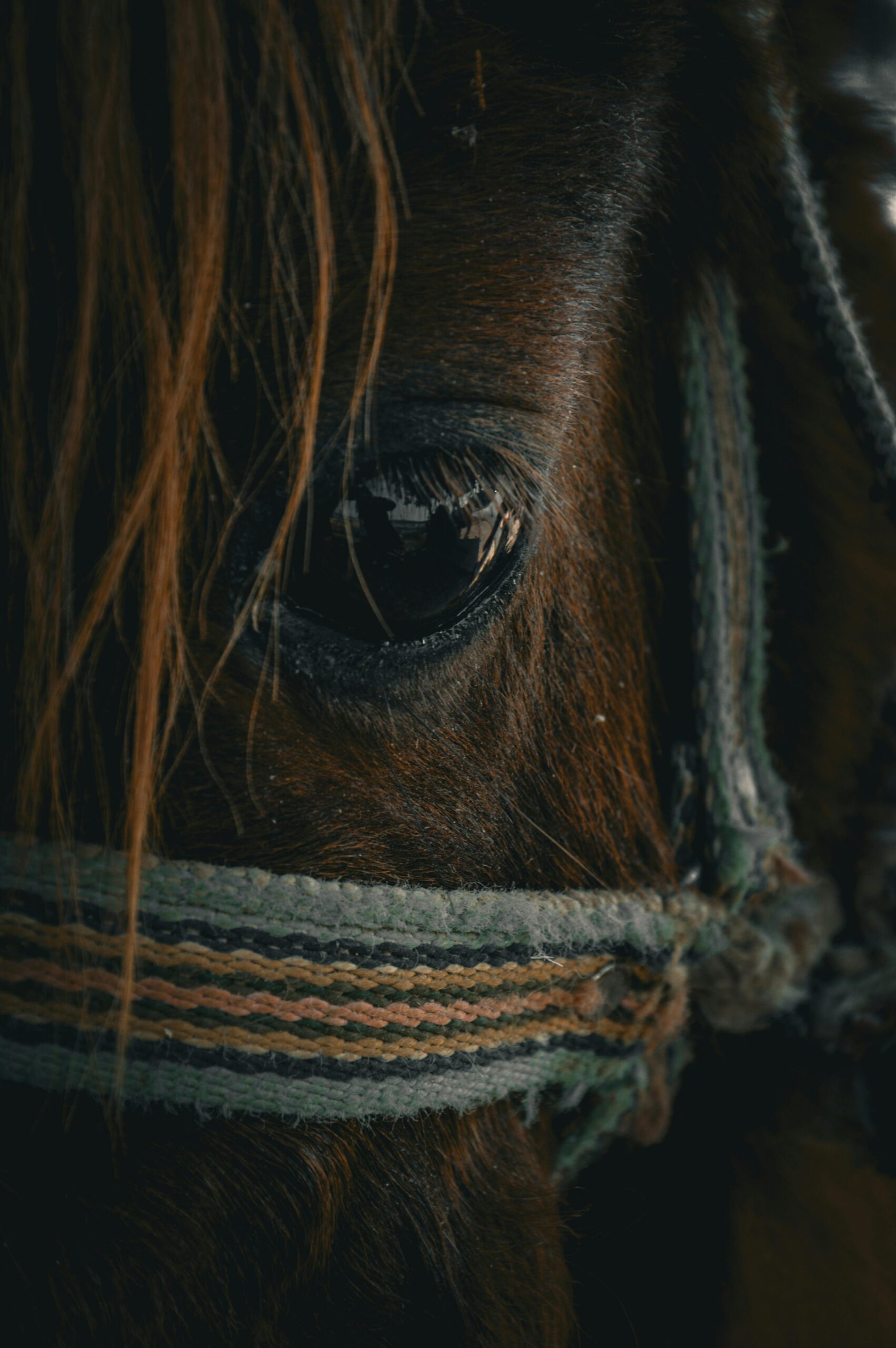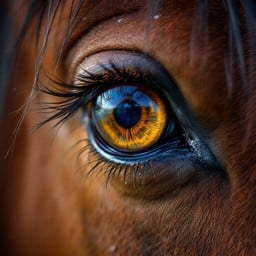The Horse’s Eye: A Window Into a Different World

Horses have long fascinated humans, not only for their strength and grace but also for their unique sensory experiences. Among these, the horse’s eye stands out as a remarkable organ that offers insight into how horses perceive their environment — a perspective vastly different from our own.
Understanding the Anatomy of the Horse’s Eye

| Feature | Description |
|---|---|
| Size | Larger than human eyes, aiding in wide vision |
| Placement | Positioned on the sides of the head for panoramic view |
| Retina | Contains more rods than cones, enhancing night vision |
| Tapetum Lucidum | Reflective layer that improves low-light vision |
This anatomy allows horses to have nearly 350-degree vision, enabling them to detect predators and navigate their surroundings effectively.
How Horses See the World
- Color Perception: Horses are dichromatic, meaning they see two primary colors (blue and green) but have difficulty distinguishing reds.
- Field of Vision: Their wide-set eyes provide a broad field of view but create a small blind spot directly in front and behind.
- Depth Perception: Limited binocular vision affects depth perception, influencing how horses judge distances.
The Emotional Window
The horse’s eye is often described as expressive, reflecting their emotions and moods. Observing subtle changes in eye shape, pupil size, and blinking can reveal feelings such as fear, curiosity, or relaxation.
Why Understanding the Horse’s Eye Matters
- Safety: Recognizing how horses see can prevent accidents during riding or handling.
- Training: Tailoring training methods to their visual capabilities improves communication.
- Welfare: Enhancing environments to suit their vision reduces stress and promotes well-being.
Frequently Asked Questions (FAQ)
Can horses see in the dark?
Yes, thanks to the tapetum lucidum, horses have enhanced night vision compared to humans.
Do horses see colors like humans?
Horses see fewer colors; they mainly perceive blues and greens but have difficulty with reds.
Why do horses have such large eyes?
Large eyes increase the amount of light entering, improving their ability to detect movement and see in low light.
How can I tell if a horse is scared by looking at its eyes?
Dilated pupils, wide eyes, and increased blinking often indicate fear or anxiety.
Summary
The horse’s eye is not just a sensory organ but a gateway to understanding their unique perception and emotional world. Appreciating this can deepen our connection with these majestic animals and improve how we care for and interact with them.
